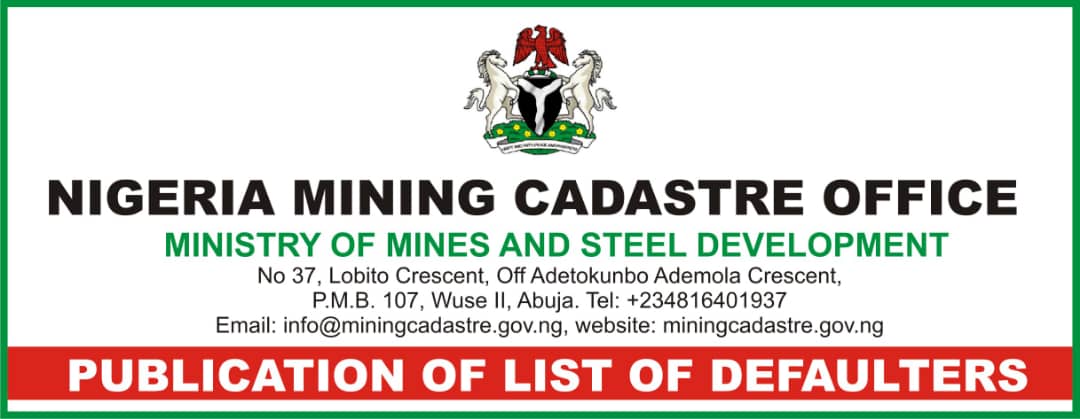
Russia’s exclusion from President Donald Trump’s latest round of tariffs has prompted speculation over whether the move signals a diplomatic overture towards Moscow following a partial ceasefire in Ukraine.
The White House, however, has sought to allay such concerns, stating that Russia remains subject to a strict sanctions regime that renders additional tariffs unnecessary.
US Treasury Secretary Scott Bessent, speaking to reporters on Thursday, clarified the administration’s rationale, saying: “Russia, along with Belarus, Cuba, and North Korea, were not targeted under the new measures as the US does not trade meaningfully with these countries.” Referring specifically to Russia, he added, “The sanctions are already doing the work that tariffs would.”
Earlier this week, President Trump unveiled sweeping tariffs ranging from 10 per cent to 50 per cent on imports from dozens of countries. These include a 34 per cent duty on Chinese goods, 20 per cent on products from the European Union, 24 per cent on Japanese imports, and 26 per cent on Indian goods.
Framing the move as part of his broader “America First” economic agenda, Trump declared that the new tariffs aimed to correct “grossly unfair trade imbalances” and bolster domestic manufacturing.
However, the absence of Russia from the list raised eyebrows, given Washington’s continuing condemnation of Moscow’s actions in Ukraine and its long-standing sanctions strategy.
Responding to such concerns, administration officials emphasised that existing measures had already drastically curtailed bilateral trade. “Tariffs wouldn’t add much more,” Bessent asserted.
According to official data, US imports from Russia dropped to around $3 billion in 2024—a 34.2 per cent decline from the previous year. By comparison, imports from China were valued at $427 billion during the same period, underscoring the limited economic interaction between the United States and Russia.
Despite Western sanctions, Russia’s economy has demonstrated resilience. The country’s GDP reportedly grew by 3.6 per cent in 2023 and 4.1 per cent in 2024.
The Russian state statistics agency announced in January that nominal GDP had reached a record 200 trillion rubles—equivalent to over $2 trillion.
The Ministry of Economic Development forecasts growth of 2.5 per cent for 2025, while the Bank of Russia offers a more cautious projection of between 0.5 and 1.5 per cent.
While some commentators view the tariff exclusion as a strategic decision, others remain sceptical, particularly in the context of ongoing hostilities and fluctuating diplomatic signals between the US and Russia.









